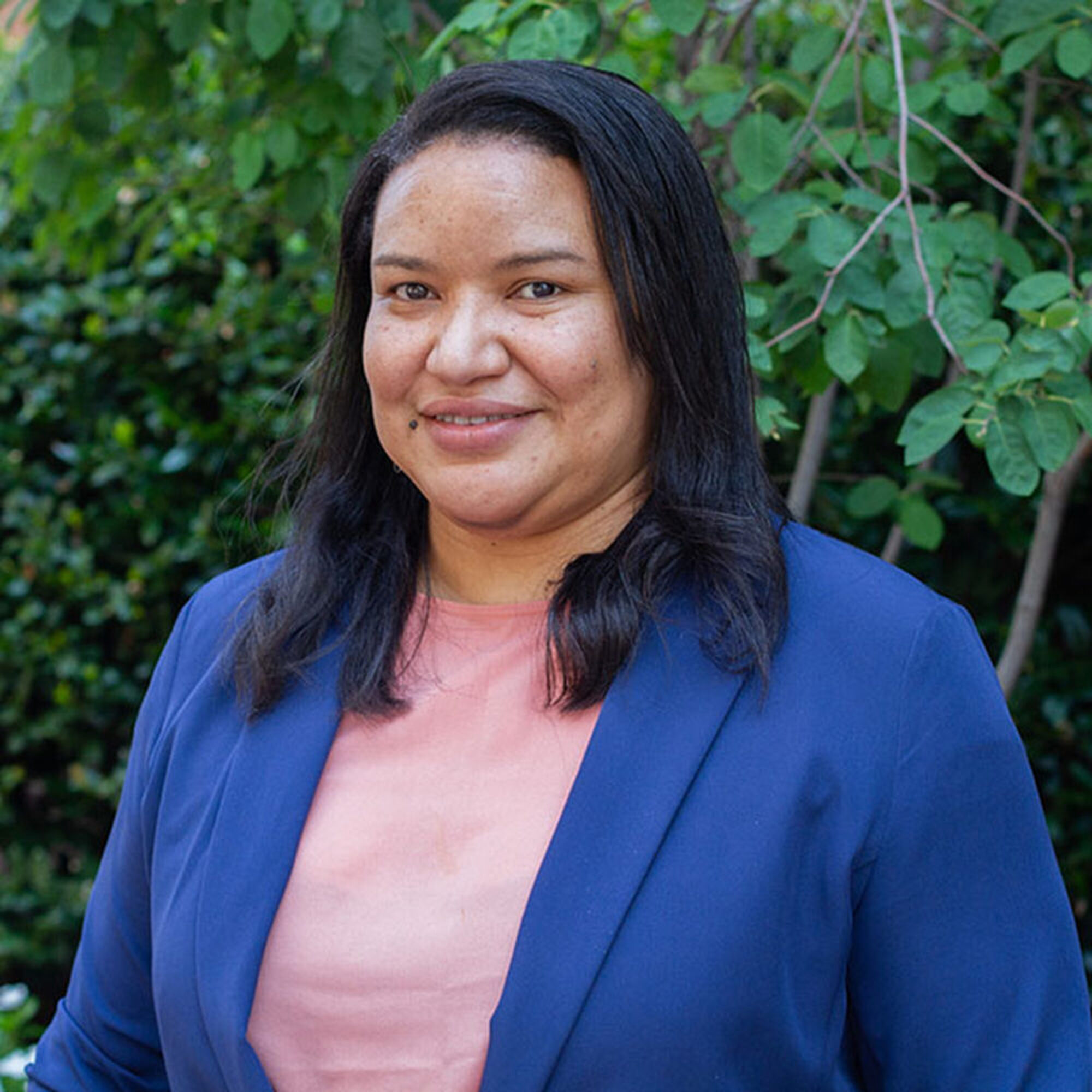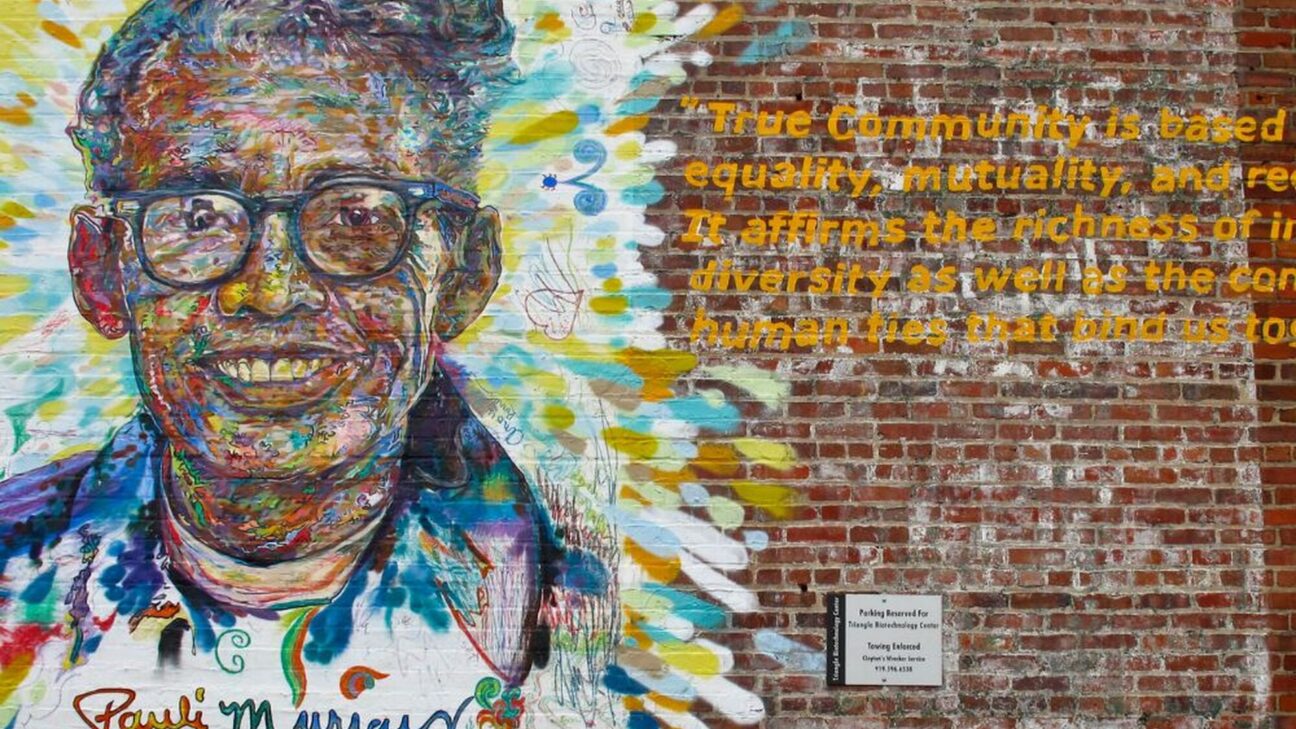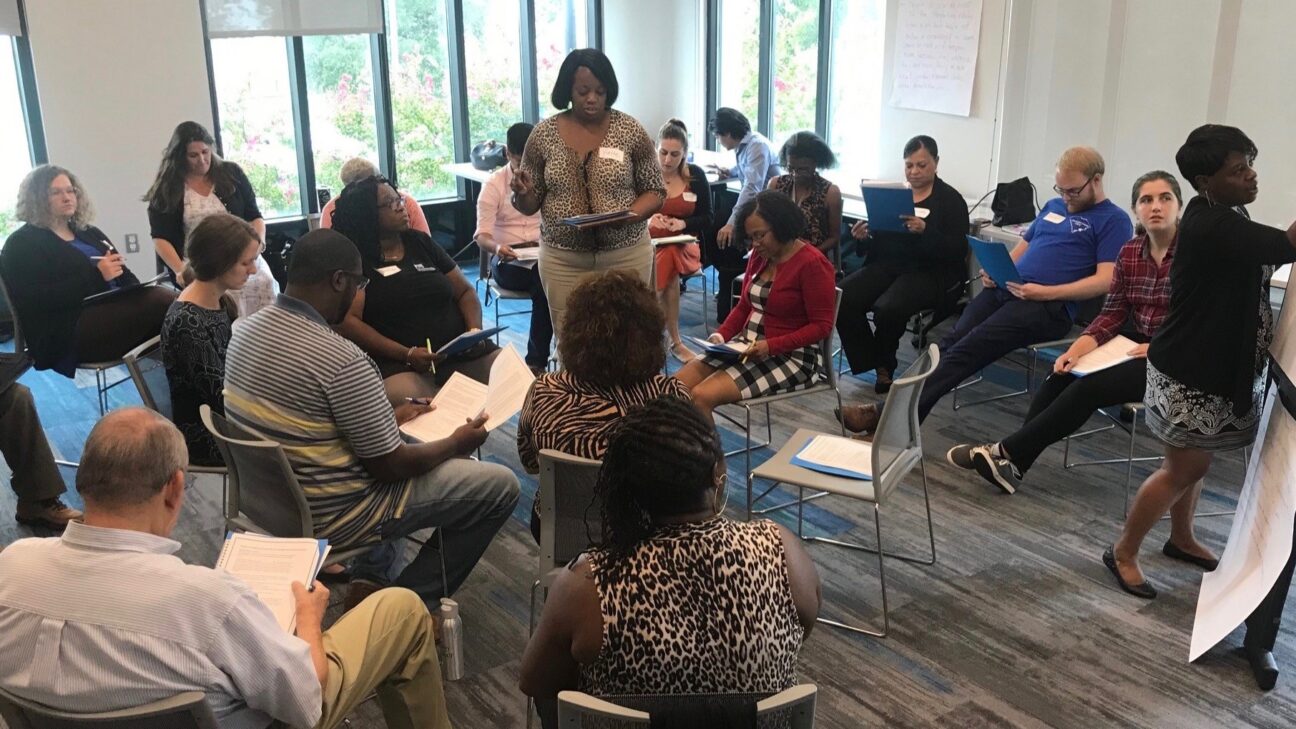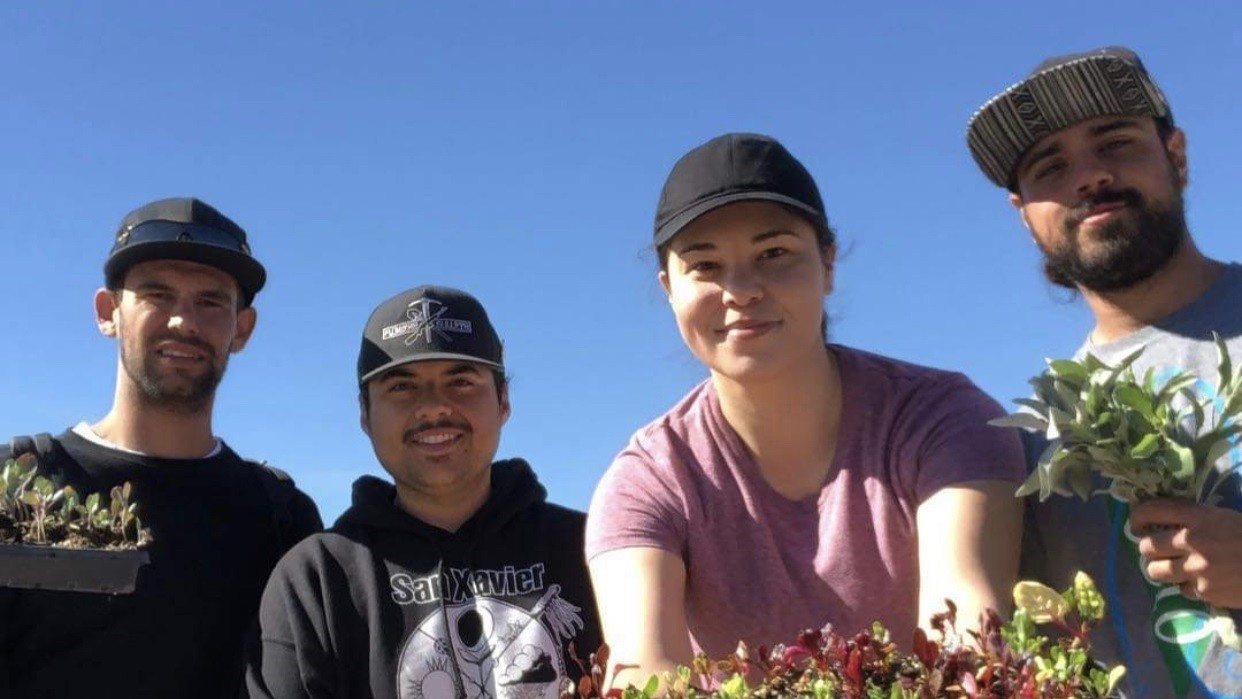In much of the U.S., the default approach to addressing people with serious mental illnesses who come in contact with the criminal legal system is to book them into jail or rely on other short-term, emergency community services. These responses often fail to provide the long-term care people need, may make their conditions worse, and can exacerbate racial disparities. Efforts to improve outcomes for people with mental illnesses should be carefully designed to benefit all people equally across racial, ethnic, and cultural groups.
Stepping Up is a national initiative working to reduce the over-incarceration of people with behavioral health needs. It recently released Stepping Up to Advance Racial Equity: Lessons Learned and Implications for the Field, which describes how jurisdictions can improve equity in their systems while limiting criminal legal system involvement for people with behavioral health needs.
APPR spoke with Orleny Rojas, a senior manager with the Center for Effective Public Policy and a coauthor of the brief, to learn more about its key takeaways.
APPR: Who is the audience for this brief, and how can they best use it?
Orleny Rojas: The lessons learned and the information in the brief will be valuable to stakeholders working to reduce the number of people with behavioral health concerns broadly, and with serious mental illness specifically, who enter the criminal legal system and decrease the population of those currently detained in jails across the country. The brief provides an overview of the progress achieved and the challenges faced by stakeholders at the county level, addressing equity at the intersection of behavioral health and the criminal legal system.
APPR: The first lesson in the brief is that “Racial equity work falls along a spectrum, adapting to political climates and priorities.” Can you explain this? And how can people incorporate this lesson?
Ms. Rojas: We find that political support, or lack thereof, directly impacts how counties center racial equity and address racial disparities. Counties that have backing from legislators, policymakers, and system administrators can more easily build buy-in among local system stakeholders like county officials, judicial officers, law enforcement, and legal advocates, and they can access resources such as funding for departments or positions that advance racial equity. In contrast, counties where leaders and policymakers don’t support equity, diversity, and inclusion initiatives may experience challenges with access to funding and stakeholder buy-in.
APPR: How can people improve buy-in?
Ms. Rojas: There are two main ways. First, in jurisdictions that either don’t collect race and ethnicity data or don’t uniformly collect the information across agencies or points in the system, they can build dialogue based on what people see and experience on the ground. Conversations about the overrepresentation of racial groups or observed differences in experience and outcomes can elevate the issue and help people understand the problem. This can be a significant first step to creating buy-in and collective work on solutions.
Second, in places where data is collected and available, analyzing it and sharing the findings can help you begin building buy-in.
APPR: How does data collection and analysis support racial equity work?
Ms. Rojas: Collecting and analyzing data can help stakeholders identify racial disparities and the over- or under-representation of racial groups at different points of the system. For example, if the data shows that 30 percent of people with serious mental illness in the local jail identify as Latino/Hispanic, but Latino/Hispanic people make up only 6 percent of the county population, stakeholders will want to identify the factors that contribute to this disparity.
This is important because treating mental illness in the community—as opposed to in a correctional setting—can be more effective and a better use of resources for the county. Criminal legal system interaction and jail stays, in particular, can increase a person’s risk of recidivism. That doesn’t contribute to community safety or well-being. Data helps us identify the issues, policies, and practices that may contribute to disparities, and develop changes that will advance equity.
“This is important because treating mental illness in the community—as opposed to in a correctional setting—can be more effective and a better use of resources for the county.”
APPR: Are there lessons for jurisdictions that might lack the capacity to adequately measure their efforts’ impact and outcomes?
Ms. Rojas: Yes. Try to understand what data or information you currently have or can access from partners or other stakeholders and what information you are missing. Counties and stakeholders can use their data to find ways to access missing data from different sources.
Suppose we want to evaluate a co-responder program that has discretion to divert people to a drop-in center instead of arresting them. Stakeholders may have race and ethnicity data, but might not collect zip codes for the people involved. Having this additional information, both before and after the policy shift, would help them understand the impact of the initiative in neighborhoods with the highest arrest rates for people of color experiencing serious mental illness. Maybe you learn that a partner organization collects the zip code data. In that case, you can try reaching out to develop a process for sharing information to enable you to measure the impact of the policy in communities of color.
APPR: Why is engaging impacted communities and people with lived experience essential in this work?
Ms. Rojas: In the 1990s, disability advocates began using the motto “Nothing about us without us.” This means that no policy should be decided without the full and direct participation of group members affected by the policy. It encapsulates why engaging the people and communities closest to the problem is crucial. They have unique insights and perspectives on potential solutions.
In the previous example about the over-representation of Latino/Hispanics with serious mental illness in the county jail, a contributing factor could be cultural, in which case, people outside the community may develop solutions that don’t address one of the main underlying problems.
APPR: Can you explain the difference between “lived experience” and “lived expertise,” and how it relates to advancing racial equity in the Stepping Up initiative and other efforts?
Ms. Rojas: “Lived experience” refers to knowledge that originates from a person’s perspective, personal identity, and history. “Lived expertise” couples these elements with a person’s professional and educational experience.
For example, a person who can speak about their own journey with mental illness or a substance use disorder can be said to have lived experience. If this same person has spent time helping others navigate legal and health systems, they will understand the impact of policies and practices and have lived expertise advocating for themselves and others.
APPR: The brief states that “Applying a racial equity lens at the intersection of behavioral health and criminal justice is a marathon, not a sprint.” Can you explain this?
Ms. Rojas: Since the Civil Rights Act in 1965, our country has made great strides in righting the wrongs of segregation and of policies and practices designed to treat people differently based on race. Many systems and institutions, however, are still grappling with the lasting effects of these wrongs. One approach they are taking is to reduce the number of people of color with serious mental illness in jails–but this takes time.
For example, communities of color that continue to experience divestment—the systematic withdrawal of wealth, resources, and services over time—suffer impacts that last generations. These impacts, which can include limited access to community-based treatment programs and a lack of stable and affordable housing, can slow the progress of efforts to improve racial equity at the intersection of criminal legal systems and behavioral health. But just as community divestment occurred over decades, support for jurisdictions engaged in this work should be meaningful and long-lasting.
We understand that counties differ in their resources and levels of support to center racial equity, which is why we say that their efforts fall along a spectrum. This brief is meant to demonstrate the many ways in which all jurisdictions can and should be supported at all stages of this work.
APPR: Besides the six valuable lessons learned in the report, is there an overall message you hope readers take away?
Ms. Rojas: Yes. I hope people acknowledge that people of color are disproportionately impacted and overrepresented in criminal legal systems and behavioral health systems. But also, I hope they recognize that no step is too small as long as counties keep moving forward toward change that positively improves racial equity for people with behavioral health concerns.




